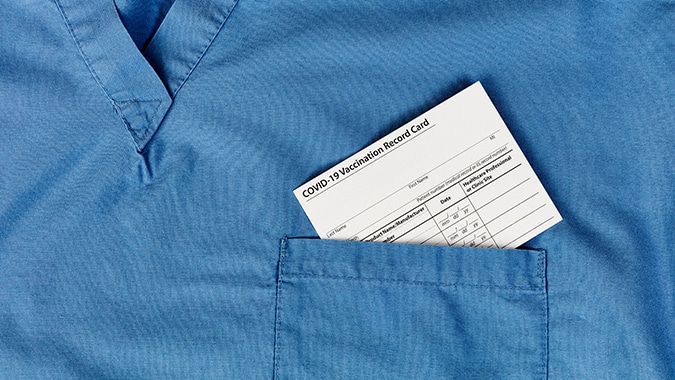After much criticism, the Paycheck Protection Program has undergone a makeover. President Donald Trump and Congress enacted significant changes to make it easier for businesses to meet the terms of the low-interest forgivable loans and still keep their businesses afloat during the pandemic.
The law firm Connell Foley, NJBIA’s Employment Law Resources provider, recently broke down some of the provisions of the Paycheck Protection Program Flexibility Act (PPPFA), which was signed into law Friday.
“These changes are aimed at making it easier for employers to qualify for forgiveness of PPP loans. Following is an overview of some salient features of the PPPFA,” attorneys John D. Cromie, Noel D. Humphreys, Mark A. Forand, and John W. Dalo say in a recent blog post.
Here are the details of some of the changes.
- As long as funds remain available, borrowers can apply for PPP loans through the end of 2020.
- New borrowers have 24 weeks to pay payroll costs and other qualified expenses to qualify for loan forgiveness.
- Existing PPP borrowers have the choice of whether to elect to use a 24-week period or remain with the original eight-week period.
- To qualify for loan forgiveness, 60% or more of the proceeds of the PPP loan must be used for payroll expenses. Prior to PPPFA, the threshold was 75%. However, under the prior rule, an employer that did not meet the 75% test was subject to a proportionate reduction in the principal amount that could be forgiven. Under the new rule, commentators have said that the 60% threshold is a “cliff.” That is, it is thought that an employer’s failing to expend at least 60% of the loan proceeds for eligible payroll expenses cuts off forgiveness of the entire loan amount. It is not clear if that outcome is what Congress intended.
- The PPPFA also pushes out to December 31, 2020, from June 30, the date by which an employer must bring its workforce back to the level from before COVID-19 affected U.S. businesses. Now, Dec. 31 is the last date by which an employer must rehire furloughed or terminated employees to avoid a reduction in loan forgiveness.
